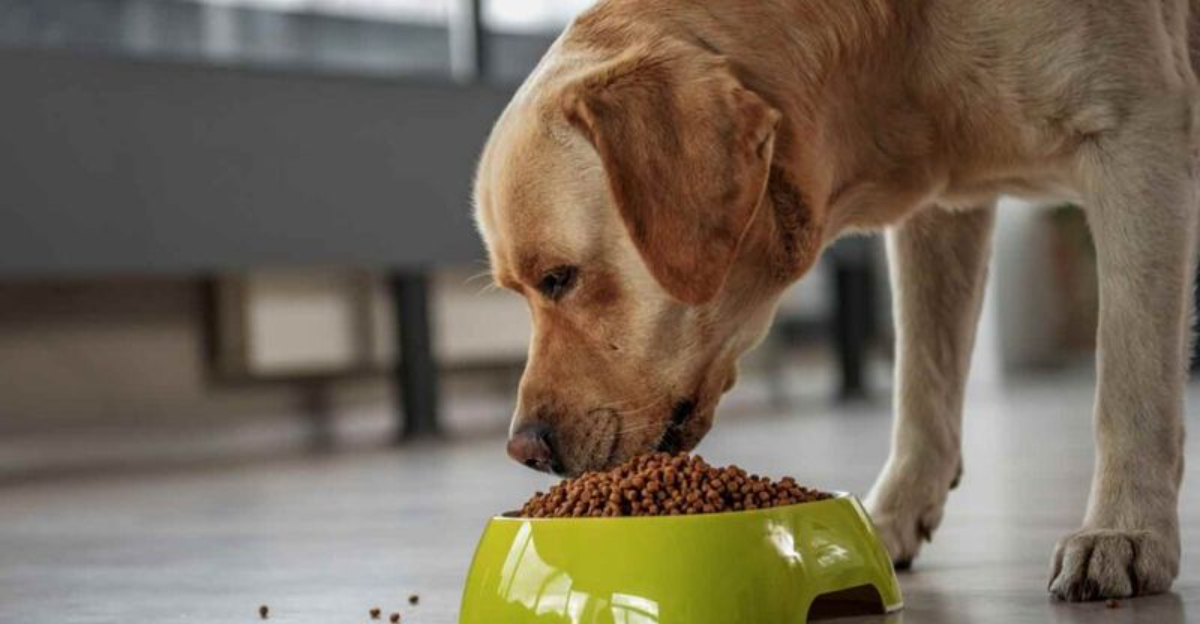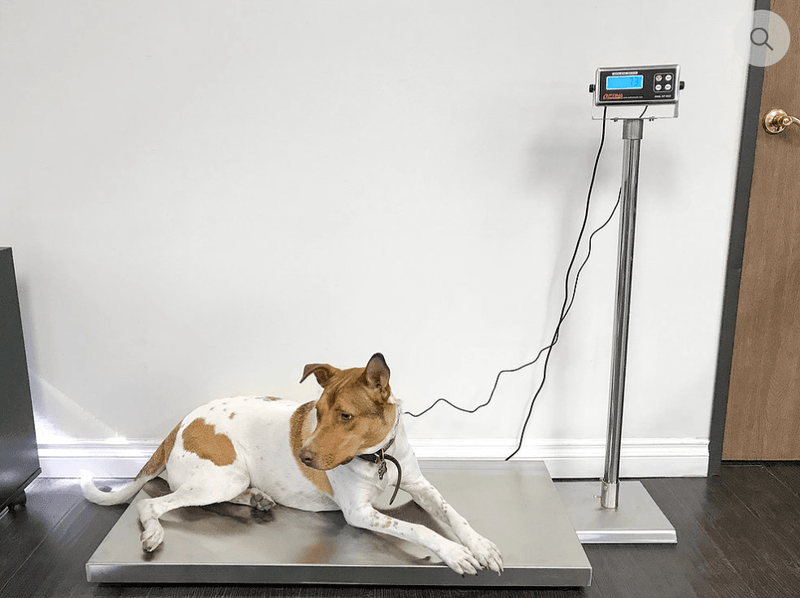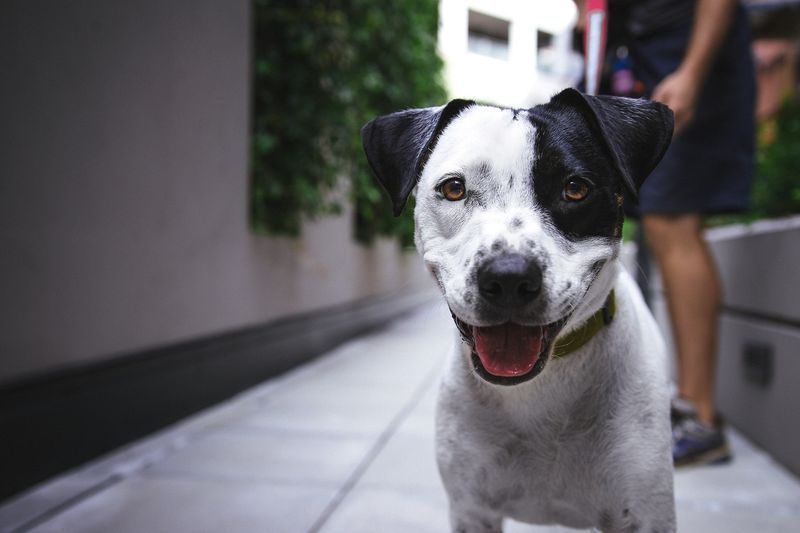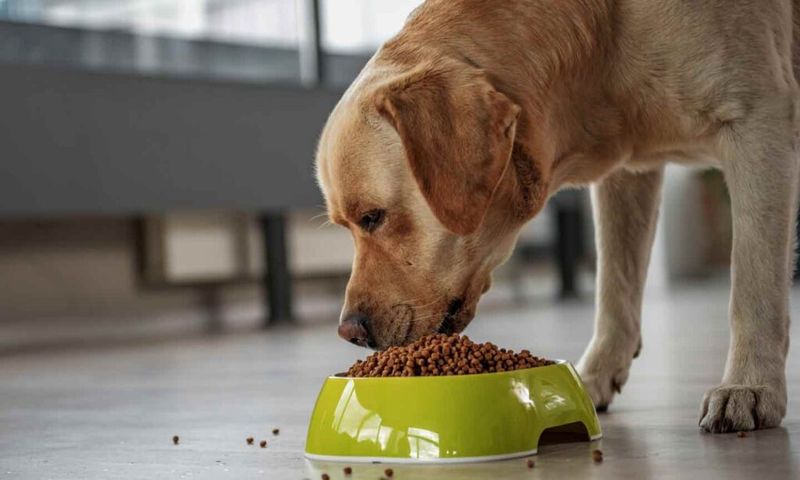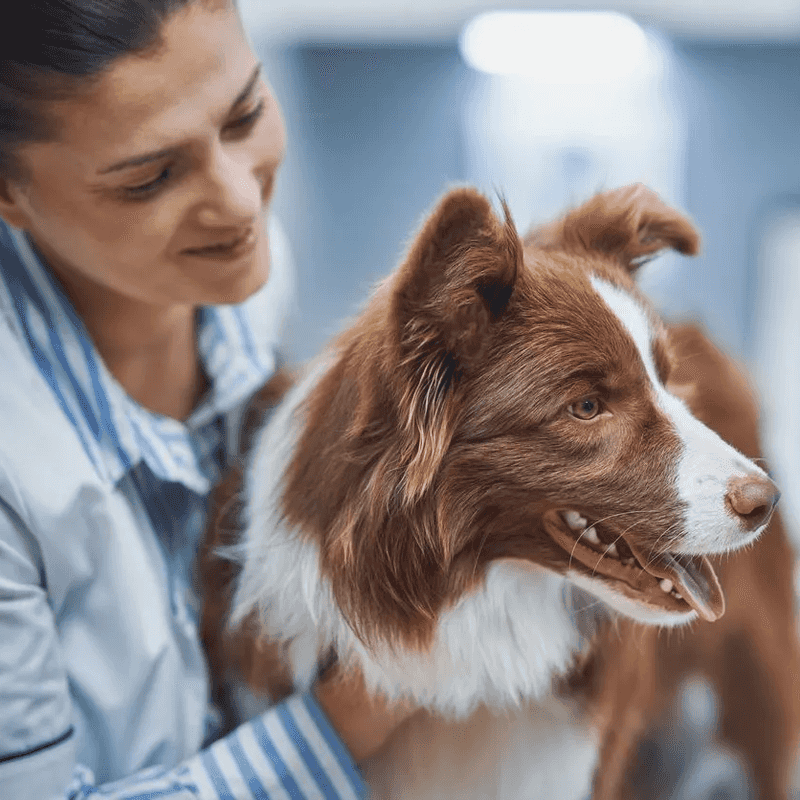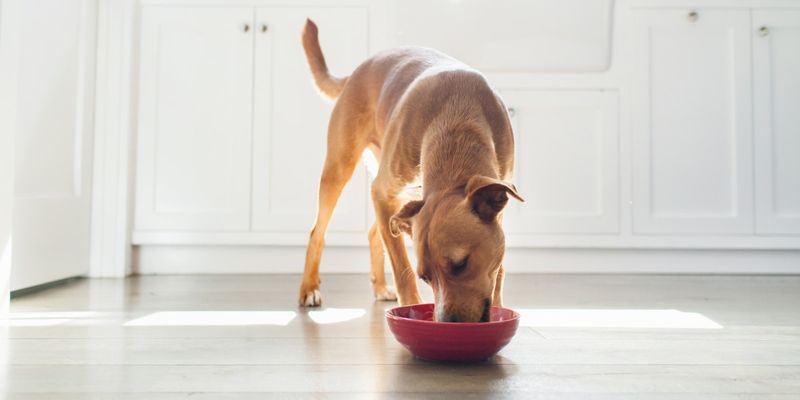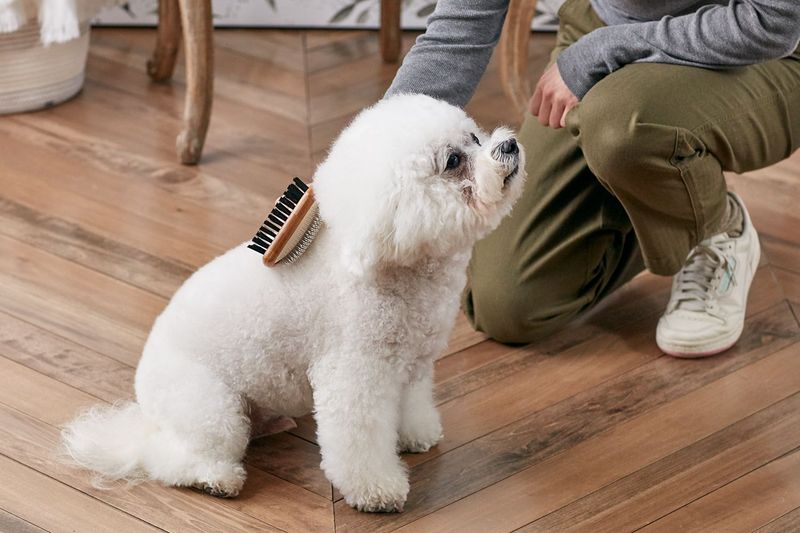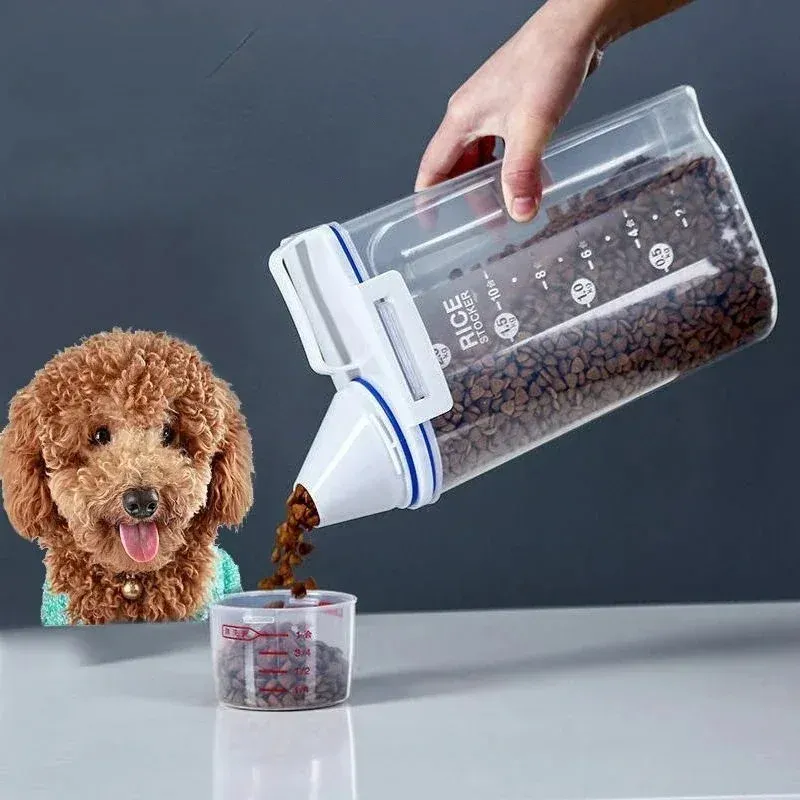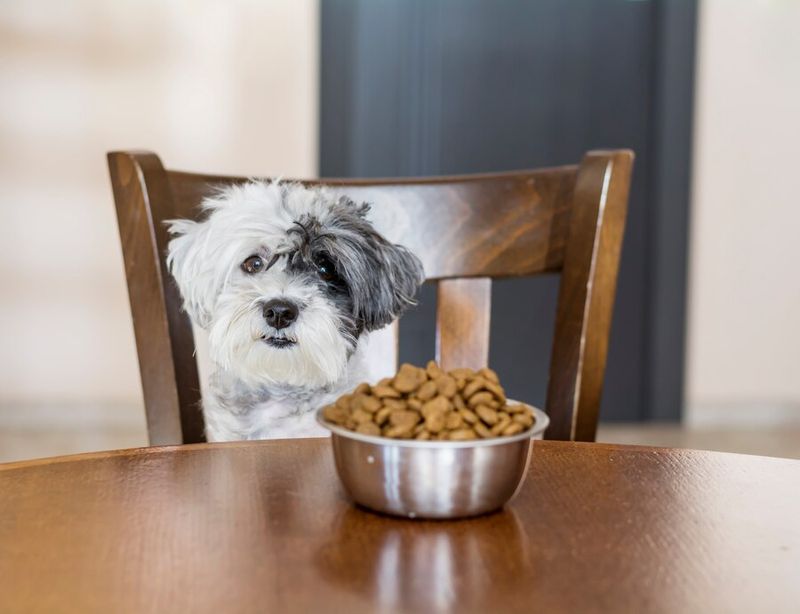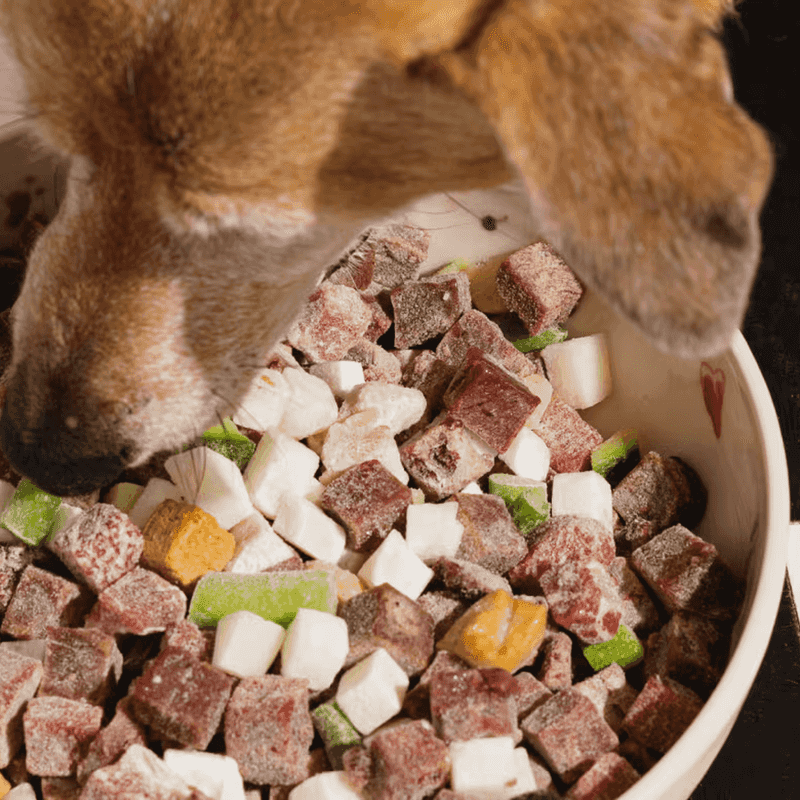Ensuring your dog receives the correct portion size is crucial for their health and happiness. Too little food, and they may lack energy; too much, and they might become overweight. In this guide, we’ll explore fifteen essential tips to help you determine if your dog’s portion size is right.
Observe Their Energy Levels
Are your dog’s energy levels consistent? A dog with the right portion size will have balanced energy throughout the day. If they seem sluggish or overly hyperactive, it could be a sign that their diet needs adjusting.
Dogs fed the appropriate amount of food are active yet not restless. Pay attention to their activity patterns during various times of the day.
Notice any changes? Adjusting their food intake can bring their vitality into a healthy range, ensuring they thrive.
Monitor Their Weight
Regularly checking your dog’s weight is essential in maintaining the correct portion size. Use a home scale or visit the vet to ensure they are within their ideal weight range.
Weight fluctuations can indicate overfeeding or underfeeding, both of which can lead to health problems.
Keep a log of their weight over time. Consistent monitoring helps in making necessary dietary adjustments, ensuring your dog remains healthy and fit.
Check Their Body Condition
Assessing your dog’s body condition is a hands-on approach to checking if they’re getting the right portion size. You should be able to feel their ribs with a gentle touch but not see them.
A thin layer of fat over their ribs suggests an appropriate weight. If you struggle to feel their ribs, consider reducing their portion size.
Tailor their diet based on this simple check, keeping them in optimal health. Regular assessments help catch any dietary imbalances early.
Evaluate Their Appetite
Does your dog finish their meals quickly or leave food behind? A healthy appetite suggests the right portion size, while food left in the bowl might mean overfeeding.
Observe if they are constantly begging for more, which might indicate underfeeding.
Balancing their appetite with their portion size ensures they are neither hungry nor overfed, promoting overall well-being.
Understand Their Breed’s Needs
Every breed has unique dietary requirements. Larger breeds may need more food, while smaller breeds require less. Understanding these needs helps in determining the right portion size.
Research your specific breed’s dietary needs to tailor their diet accordingly.
This knowledge is essential in preventing overfeeding or underfeeding, keeping them healthy and active.
Consult With a Veterinarian
Seeking professional advice ensures your dog receives the right portion size. A veterinarian can provide insights into your dog’s specific dietary needs based on their age, weight, and activity level.
Regular check-ups help in making informed decisions about their diet.
Veterinarians can guide adjustments in portion sizes, ensuring your dog’s health is always prioritized.
Consider Their Activity Level
Active dogs burn more calories and may require larger portions. Assess your dog’s activity level to determine the correct portion size.
If they enjoy daily runs or play sessions, they might need more food. Conversely, less active dogs need smaller portions to prevent weight gain.
Adjusting their diet based on activity ensures they maintain a healthy weight and energy level.
Watch for Eating Speed
The speed at which your dog eats can indicate if their portion size is right. Rapid eating might mean they’re too hungry, while slow eating or leaving food could indicate overfeeding.
Observe their eating habits to make necessary adjustments.
Ensuring they eat at a healthy pace can prevent digestive issues and maintain their well-being.
Assess Their Stool Quality
The quality of your dog’s stool can reveal if they’re getting the right portion size. Firm and well-formed stools typically indicate a balanced diet.
Loose or hard stools can suggest dietary imbalances.
Monitoring their stool quality provides insights into their digestive health, allowing for necessary dietary adjustments to ensure overall wellness.
Evaluate Their Coat Condition
A shiny, healthy coat reflects a well-balanced diet. If your dog’s coat appears dull or their skin is flaky, it might be time to reassess their portion size.
Proper nutrition is key to maintaining a vibrant coat.
Adjust their diet based on coat condition, ensuring they receive the nutrients they need for healthy skin and fur.
Pay Attention to Behavior Changes
Changes in behavior, such as increased lethargy or restlessness, can signal dietary issues. These changes might indicate they are not receiving the right portion size.
Behavior closely ties to nutrition, so monitor any shifts and consider adjusting their diet.
A balanced portion size promotes stable behavior and enhances their quality of life.
Use Measuring Tools
Precision in portion size is achieved with measuring tools. Using a measuring cup ensures consistent portion sizes, preventing overfeeding or underfeeding.
Accurate measurement helps maintain their ideal weight and health.
Incorporate measuring tools into their feeding routine for precise and balanced nutrition.
Consider Their Age
Age significantly impacts dietary needs. Puppies require more nutrients for growth, while older dogs need controlled portions to prevent weight gain.
Adjusting their diet according to age ensures they receive the right portion size.
Understanding age-related dietary needs is vital for their health, promoting longevity and vitality.
Incorporate Variety
Variety in diet can enhance your dog’s nutrition. Mixing different foods ensures a balance of nutrients, which helps in determining the right portion size.
Include kibble, meats, and vegetables for a wholesome diet.
Variety keeps meals interesting and nutritious, supporting their overall health.
Track Feeding Times
Consistent feeding times help regulate your dog’s appetite and portion size. A regular schedule prevents overeating and maintains their metabolism.
Tracking feeding times aids in understanding their dietary needs and adjusting portions accordingly.
A structured routine ensures your dog remains healthy and satisfied.
